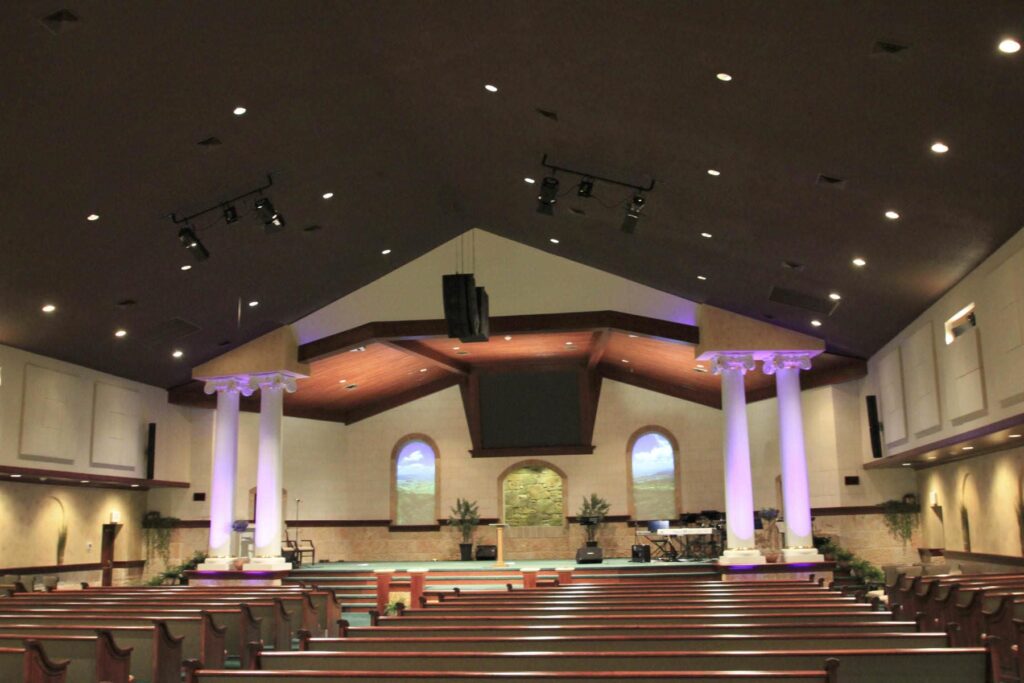Inclusive AV Systems: Catering to All Congregants

As audio-video experts, We’ve seen firsthand how AV systems can enhance the worship experience. However, it’s essential to ensure that these systems are inclusive, catering to the needs of all congregants, including those with hearing impairments or other disabilities.
The Challenge of Inclusivity
While AV setups can be a powerful tool for engagement, they can also inadvertently exclude specific individuals. For instance, a sound system that’s too loud or too soft can make it difficult for some to hear. Similarly, a lack of visual aids can hinder the experience for those with hearing impairments.
Addressing Inclusivity: A Three-Pronged Approach
To create an inclusive AV system, consider the following:
-
Invest in Appropriate Technology:
- Hearing Loops: These systems transmit sound directly to hearing aids, improving clarity for those with hearing loss.
- Captioning Systems: Real-time captioning can benefit those with hearing impairments and those who are non-native English speakers.
- Assistive Listening Devices: These devices can amplify sound for individuals with hearing loss.
-
Provide Training:
- Staff Training: Ensure that your staff is knowledgeable about the capabilities of your AV system and how to use it effectively to accommodate diverse needs.
- Congregant Training: Educate congregants on how to use assistive devices and other features of the AV system.
-
Ensure Proper Maintenance and Suitability:
- Regular Maintenance: Routine maintenance is crucial to ensure that equipment is functioning optimally.
- Space-Specific Design: The AV system should be tailored to the specific needs of the worship space, considering factors like size, acoustics, and lighting.
By implementing these strategies, you can create an AV system that truly serves the needs of all your congregants, fostering a more inclusive and welcoming worship experience.

